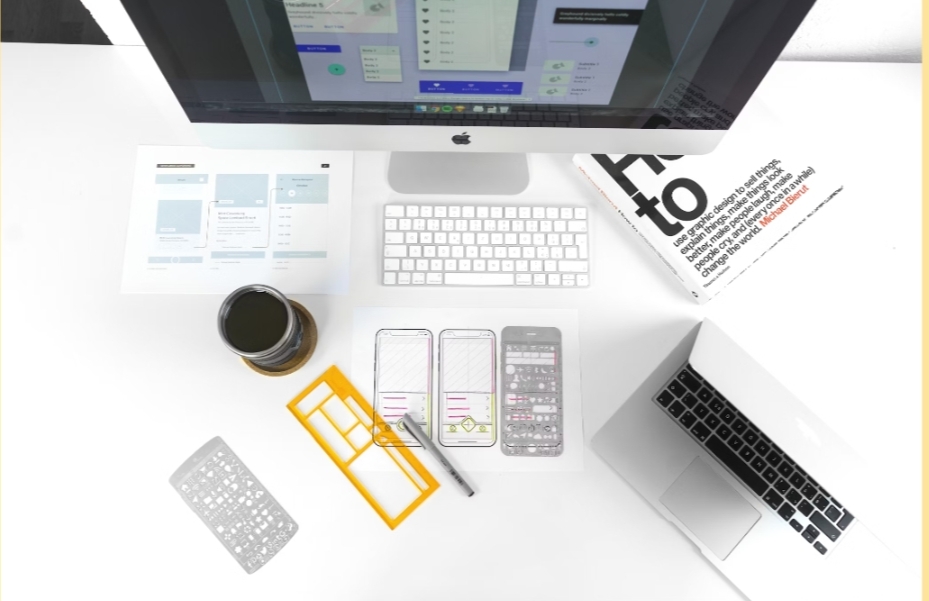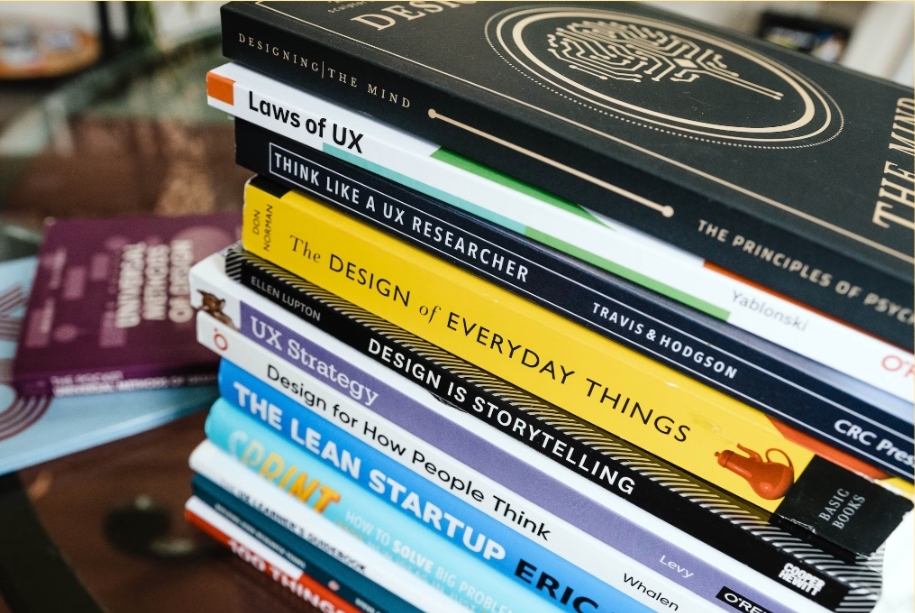The trends of previous years have been reworked and in 2024 the UX designer focuses on deep immersion and personalization. This evolution reflects a closer fusion of user and technology, when personalization is no longer considered to be a luxury but becomes a simple necessity. This is how our interaction with digital technologies is changing, but it is becoming more and more simple and intuitive.
Why mockups are a fundamental trend in design these days
Free mockups like https://www.ls.graphics/free-mockups play a crucial role in UX design because they allow designers to visualize and test the user interface in the early stages of development. Using mockups, designers can create detailed models of screens, which then help them understand how interface elements will interact with the user. This not only greatly simplifies communication between developers and customers, but also helps to identify and eliminate potential usability problems before programming begins. In the ever-evolving field of UX design, 2024 marks an era when interaction will become more intuitive, engaging, and dynamic.
Improved cursor interaction
The improved cursor interaction features represent a departure from traditional conventions, bringing a new dimension of dynamism to the user interface. Instead of a standard pointer, cursors become interactive design elements capable of contextually responding to user actions. These interactions may include changes in the shape, color, or behavior of the cursor corresponding to the elements it moves over or interacts with.
For example, the cursor may expand and become brighter when hovering over an important button or change shape to indicate a specific action (for example, playing a video). These types of interactions not only enrich the visual experience but also help the user to navigate the interface intuitively, increasing usability and interaction efficiency.
Micro-interactions
Micro-interactions are small animations or effects and they occur when you perform any actions on the site. Now the design focuses on various forms of such interactions, for example, in the form of a button that is pressed at the moment, or an animated icon indicating the current process (for example, loading).
Personalization & Artificial Intelligence
The advent of personalization and artificial intelligence (AI) represents a major transformation in the field of UX design in 2024. These technologies allow you to create a more personalized and relevant experience for each user, making digital interaction more intuitive and effective.
It is obvious that in 2024, personalization will become even more perfect thanks to artificial intelligence and it can manifest itself in different ways. For example, an online shopping app may display product recommendations based on the user’s previous purchases, or a streaming service may tailor its homepage to highlight the user’s favorite movie or TV series genres.
Moreover, artificial intelligence brings an additional dimension to personalization, because it directly affects the creation of adaptive content. Since artificial intelligence is now able to analyze huge amounts of data to create content, we have an interface that adapts to the needs and interests of the user in real-time.
For example, a news website can use artificial intelligence to personalize the articles displayed depending on the user’s reading interests. Or the educational portal can select topics for further education itself, depending on your interaction with the platform.
Aesthetics and accessibility of the interface
Aesthetics and accessibility of user interfaces play an important role in UX design. There are a few notable trends in this area such as the widespread adoption of dark mode and the integration of 3D projects, as well as the maintenance of clean interfaces.

Dark Mode
Darkness, which was once a minor feature, has since 2023 become a design element that is valued for visual comfort and ergonomics. Dark mode changes traditional color schemes by displaying light text on a dark background. This configuration reduces eye strain, especially in low-light conditions, and is especially useful for users who are sensitive to bright light.
In addition to improving vision, dark mode also provides aesthetic benefits, giving applications and websites a modern and elegant look. In addition, it helps to save energy on devices with OLED and AMOLED screens, since the black pixels on these displays are efficient.
Final say
Summarizing, the UX design trends of 2024 indicate a shift toward a more personalized and immersive digital experience. Thanks to innovations, the future of UX design should become more intuitive, attractive, and adapted to the individual needs of users. At least the vector of further technology development will play a crucial role in shaping how we interact with digital interfaces, making the online experience more user-oriented.
